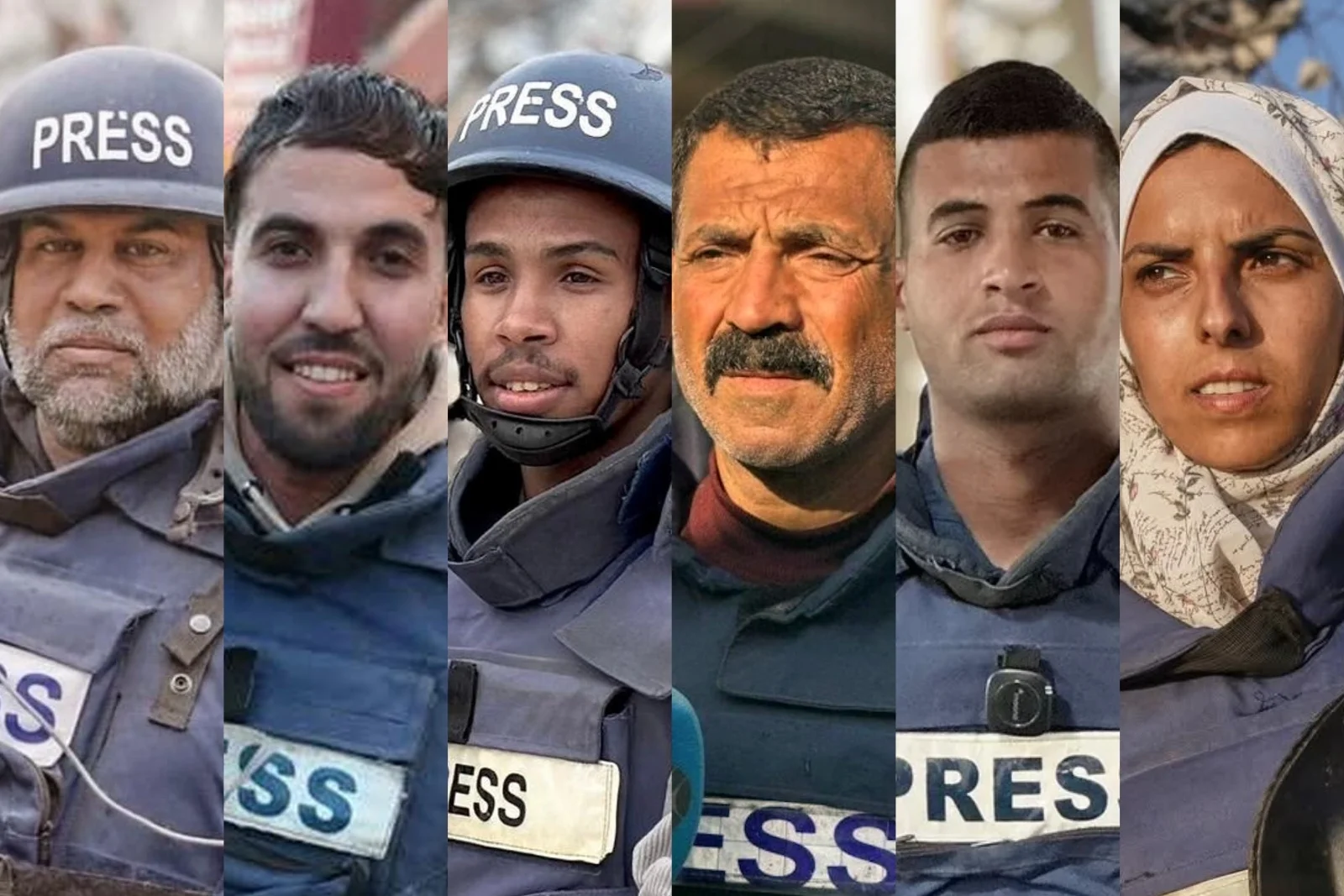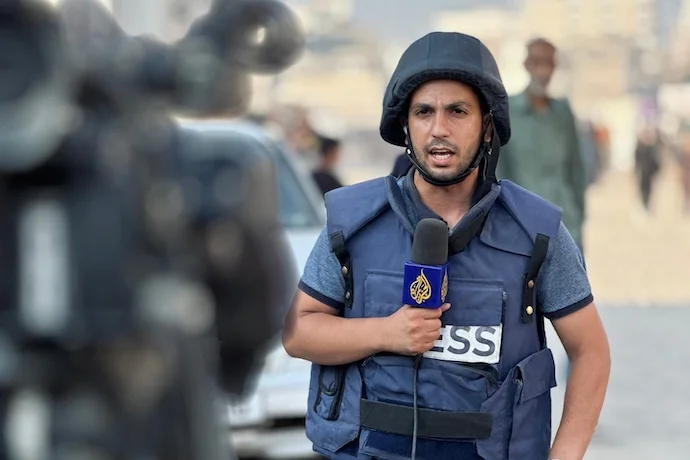
Let Them In: Opening Gaza to the Foreign Press Corps
The Fourth Estate may not be in a good way, corrupted and compromised as it is, but in some instances, it remains the only light cast over the predations and ghastliness of power. For that precise reason, the state of Israel has been most cautious, to the point of folly, of shutting out foreign journalists from covering the Gaza conflict. A job most dirty needs to be done – levelling, disabling, dispossessing, and crushing of a strip with over 2 million Palestinians – and it shall only be witnessed, controlled, and invigilated with utmost care.
Only the friendliest of the friendly need apply for access to Gaza, and the call by Israeli Prime Minister Benjamin Netanyahu earlier in August that the military bring in more foreign journalists is heavily contingent on control.

The Gaza campaign is proving frustratingly long for the Netanyahu government. During this time, the Israeli Defense Forces have become routine killers of journalists. Given the international press ban, the number of those slain by the IDF are overwhelmingly Palestinian. Since the start of the Gaza War, 189 have been killed. The Committee to Protect Journalists (CPJ) puts the death toll for all journalists and media workers between October 2023 and August 2025 at 197. Data from Reporters Without Borders puts the figure of journalists killed in Gaza at over 210, claiming that 56 of them were intentionally targeted by the IDF, while UN Secretary General António Guterres offers 242 as the more accurate figure. Between 2020-22, 165 journalists were killed across the globe, a statistic bound to move even the coldest of analysts.
Add aid workers and medical staff, and you have such cases as the attack on Khan Younis’ Nasser Hospital during the morning of August 25. Initially, it was assumed that two strikes hit southern Gaza’s sole functioning major hospital. At least 20 people died, including five journalists. A closer examination of footage of the strikes by BBC Verify shows the initial assessment to have been conservative. At least four strikes took place. Two staircases were hit in the first wave, and what was initially thought to be a single attack turns out to have been two separate strikes hitting the same location within a fraction of a second. The first, registered at 10:08 local time, killed journalist Hussam al-Masri, who was in the process of running a live TV feed for Reuters. First responders and journalists ran to aid the wounded and were subsequently butchered.
The list of the dead also includes Associated Press freelance photographer Mariam Abu Dagga; Al Jazeera cameraman Mohammed Salama; freelance photographer Moaz Abu Taha; and Middle East Eye and Quds News Network correspondent, Abu Aziz.

The justifications for such slaughter by the IDF have become something to behold. A weary formula is at work: first, assume the strike was on a Hamas or militant site, leaving those in the vicinity silly for being there. The official line: the IDF does not target civilians, despite killing a vast number in such strikes. Secondly, belittle those who died in exhaustive fashion, accusing them of being militants, militant sympathisers, or “combat propagandists.” It follows on from the first point: if they were there, they were obviously tarnished one way or the other.
Jodie Ginsburg, the CEO of CPJ, provides a terse, accurate summary on what international humanitarian law says on this subject: “The only individuals who can be considered legitimate targets in war are those directly involved in active combat. Expressing sympathy for proscribed organisations, or even engaging in propaganda, does not make someone a legitimate target.”
One’s political inclination – in so far as protection from military targeting is concerned – is irrelevant to the role of gathering and disseminating news. As Ginsburg goes on to observe, journalists have had leanings and sympathies for such previously proscribed organisations as the Irish Republican Army or the African National Congress. “That didn’t make them terrorists, nor legitimate targets.”
With these killings and the continuing starvation and deprivation taking place in the Strip, many of Israel’s allies are now giving some unwanted advice. On August 21, member states of the Media Freedom Coalition released a statement declaring that, “In light of the unfolding humanitarian catastrophe in Gaza, the undersigned members of the Media Freedom Coalition, urge Israel to allow immediate independent foreign media access and afford protection for journalists operating in Gaza.” Of the 28 signatories, the bulk are European, including France, Germany, and the United Kingdom. With usual conspicuousness, the United States remains absent.
The signatories went on to “condemn all violence directed against journalists and media workers, especially the extremely high number of fatalities, arrests and detentions.” International humanitarian law made it clear that civilian journalists were protected in times of armed conflict. “We call for all attacks against media workers to be investigated and for those responsible to be prosecuted in compliance with national and international law.”
While the protection of journalists in such situations could hardly be fully sealed and assured, Israel will find killing members of the foreign press corps in numbers a more trying prospect. Should they be allowed to scribble and record the vast, engineered crime taking place in Gaza and in real time, silencing them will become a most formidable, exacting task. Certainly, casual accusations of Hamas membership or sympathy will be harder, more absurd, to make.
